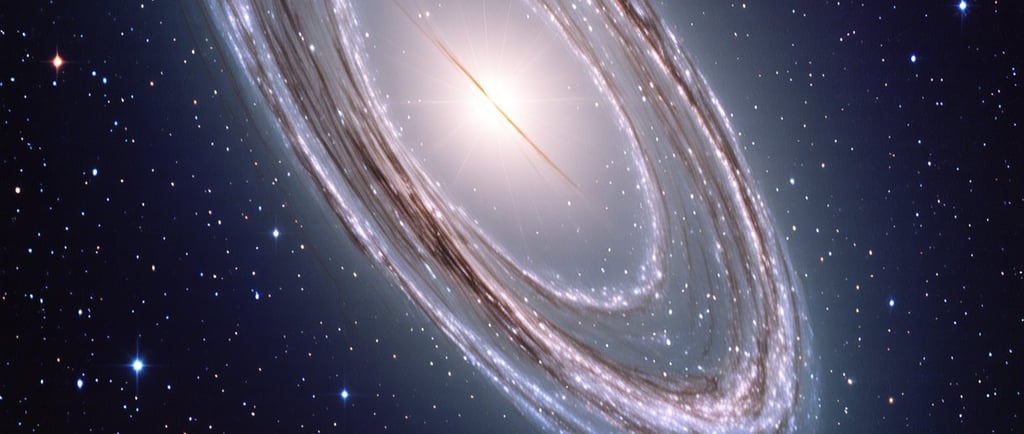NGC 6166: The Abell 2199


Introduction to Abell 2199
Abell 2199 is an intriguing galaxy cluster featured in the Abell catalogue, known for its rich collection of galaxies and its notable components. Among these, the brightest cluster galaxy (BCG), NGC 6166, stands out as a prime example of a cD galaxy, which is characterized by its large size and dominance in its local environment. As one of the prominent members of the Bautz-Morgan type I classification, Abell 2199 offers a wealth of information about the formation and evolution of galaxy clusters.
The Brightest Cluster Galaxy: NGC 6166
At the heart of Abell 2199 lies NGC 6166, a giant elliptical galaxy that plays a pivotal role within its cluster. This galaxy is distinguished by its bright luminosity, which is significantly greater than the average for galaxies in its vicinity. NGC 6166 belongs to the so-called cD galaxy class, which are typically found in the center of rich galaxy clusters and are known for their extended halos of stars and sometimes for harboring multiple smaller galaxies within their gravitational influence. The composition and characteristics of NGC 6166 provide valuable insights into the cluster dynamics and the lifecycle of galaxies.
Scientific Significance of Abell 2199
The study of Abell 2199 and its brightest cluster galaxy, NGC 6166, is paramount for astronomers seeking to understand the larger structures of the universe. Research conducted in this area sheds light on the interplay between clusters of galaxies and their constituent members. Observations have shown that clusters like Abell 2199 can influence the formation of new galaxies and the distribution of dark matter within their gravitational field. By examining the interactions between NGC 6166 and nearby galaxies, scientists can gain insights into the evolutionary history of galaxy clusters and the role they play in cosmic architecture.
Conclusion
In conclusion, Abell 2199 is not just another entry in the galaxy catalogue but a focal point for understanding the complexities of galaxy clusters and their brightest members, like NGC 6166. The characteristics of the brightest cluster galaxy within this assemblage offer a window into the processes of galaxy formation, clusters' dynamics, and the broader implications for cosmology. Further studies and ongoing observations will continue to unravel the mysteries of Abell 2199, making it a significant target for astrophysical research in the years to come.
